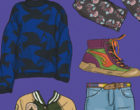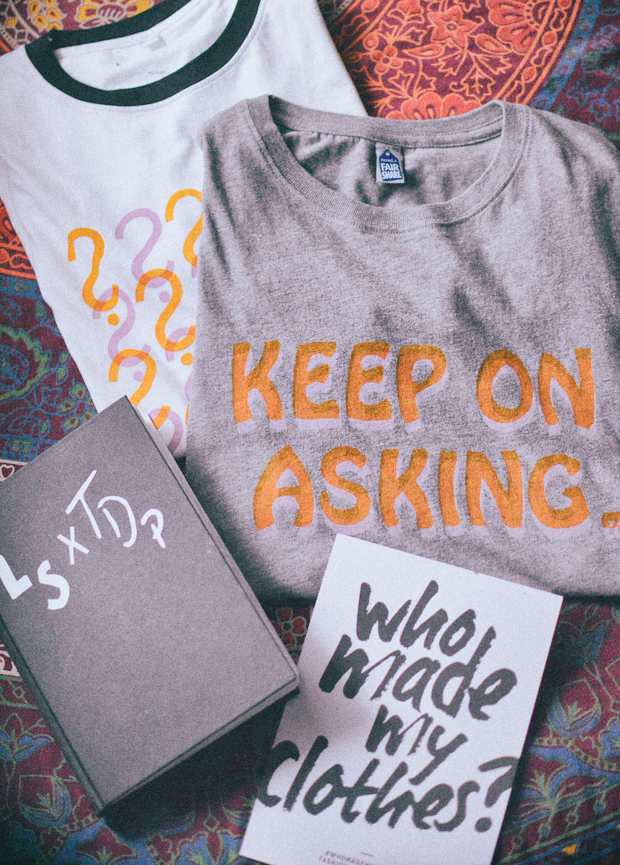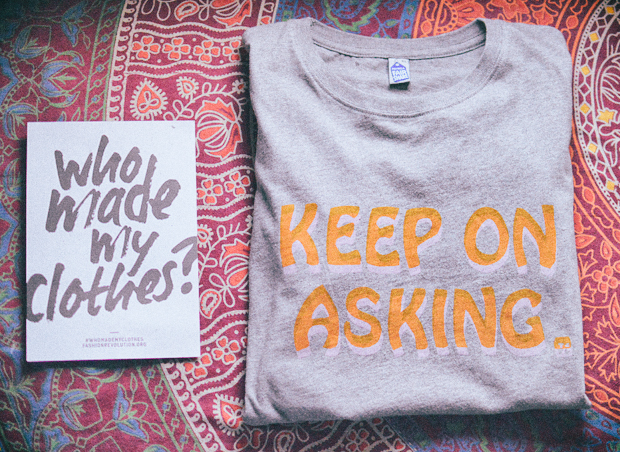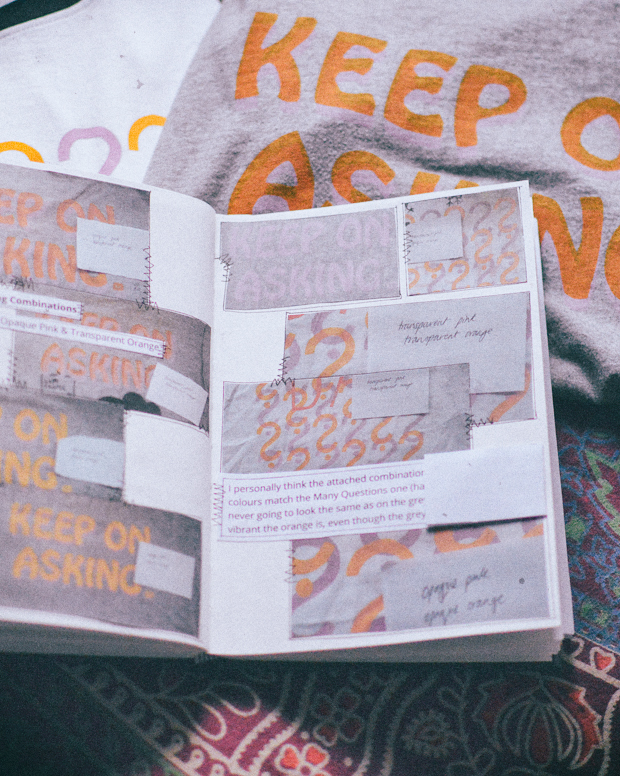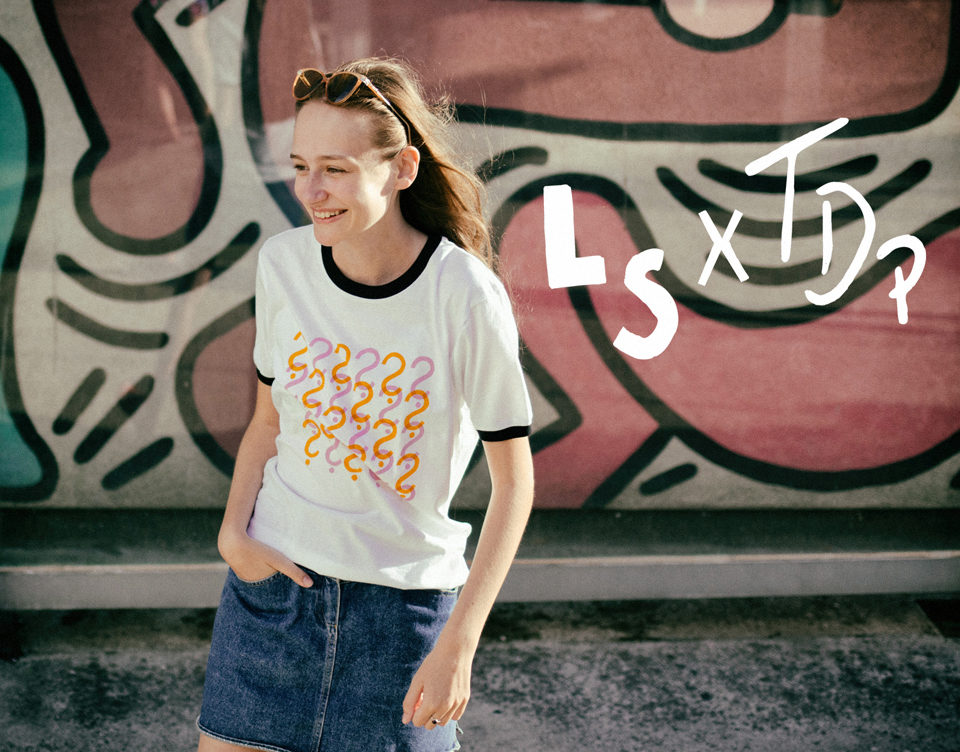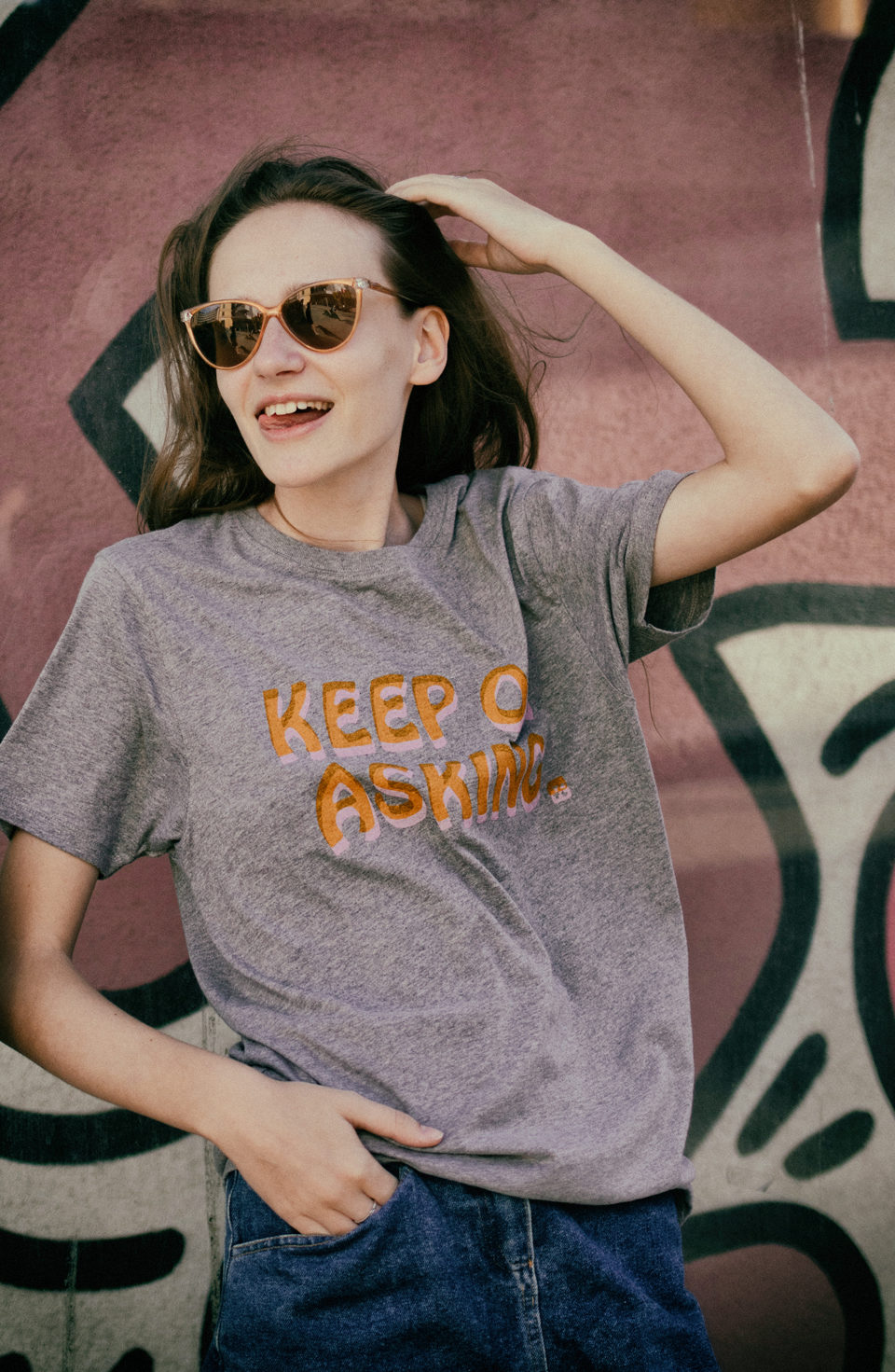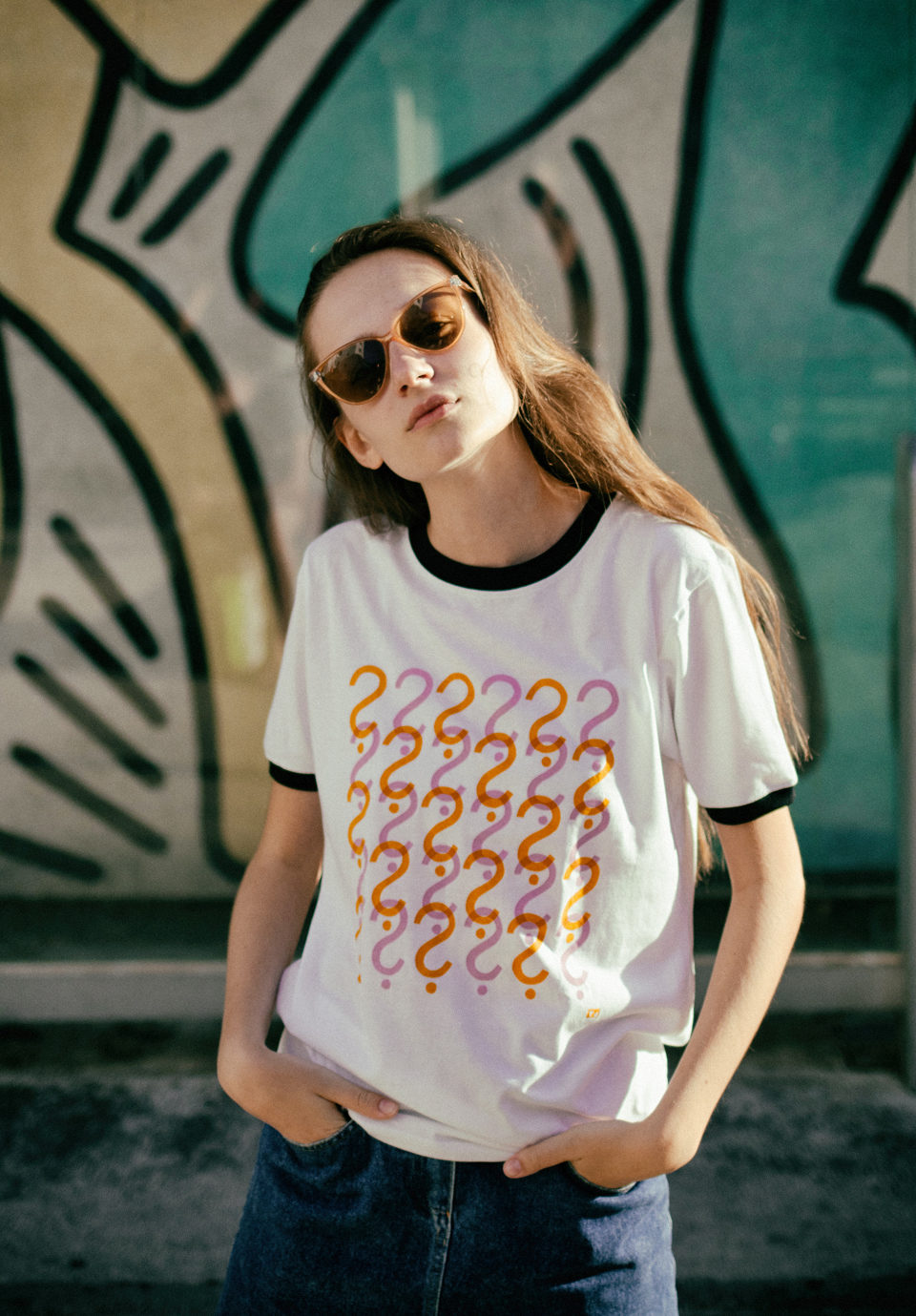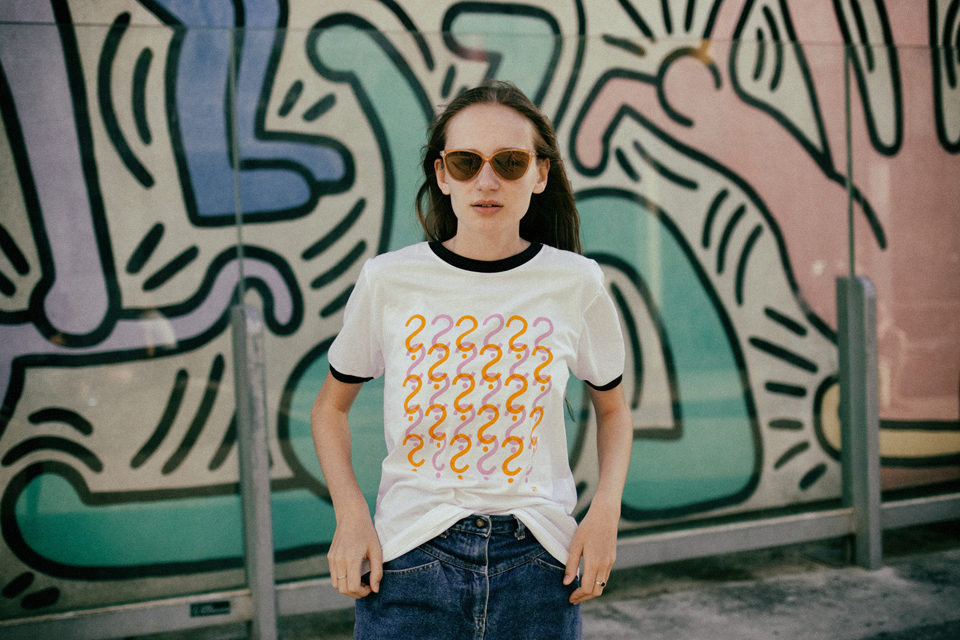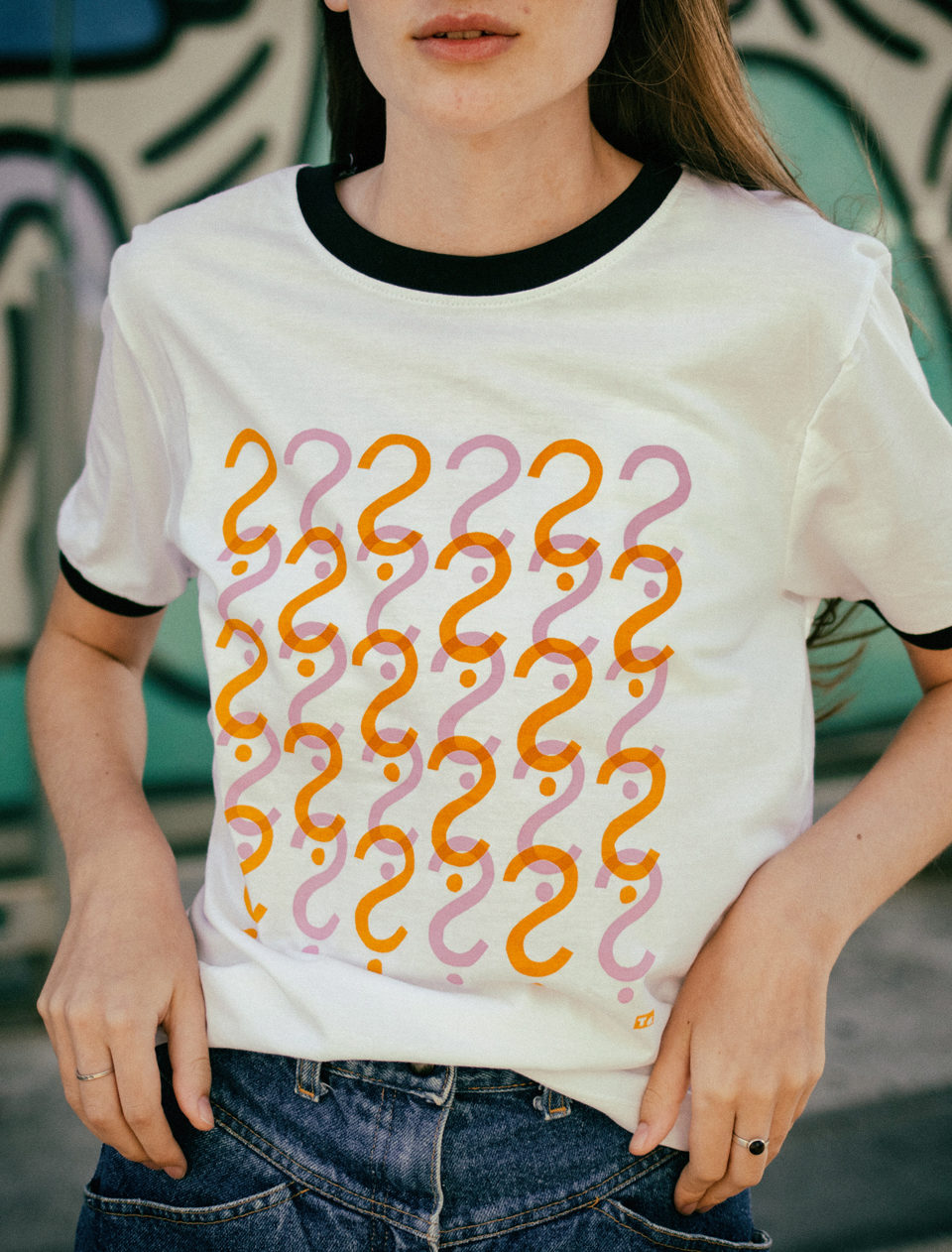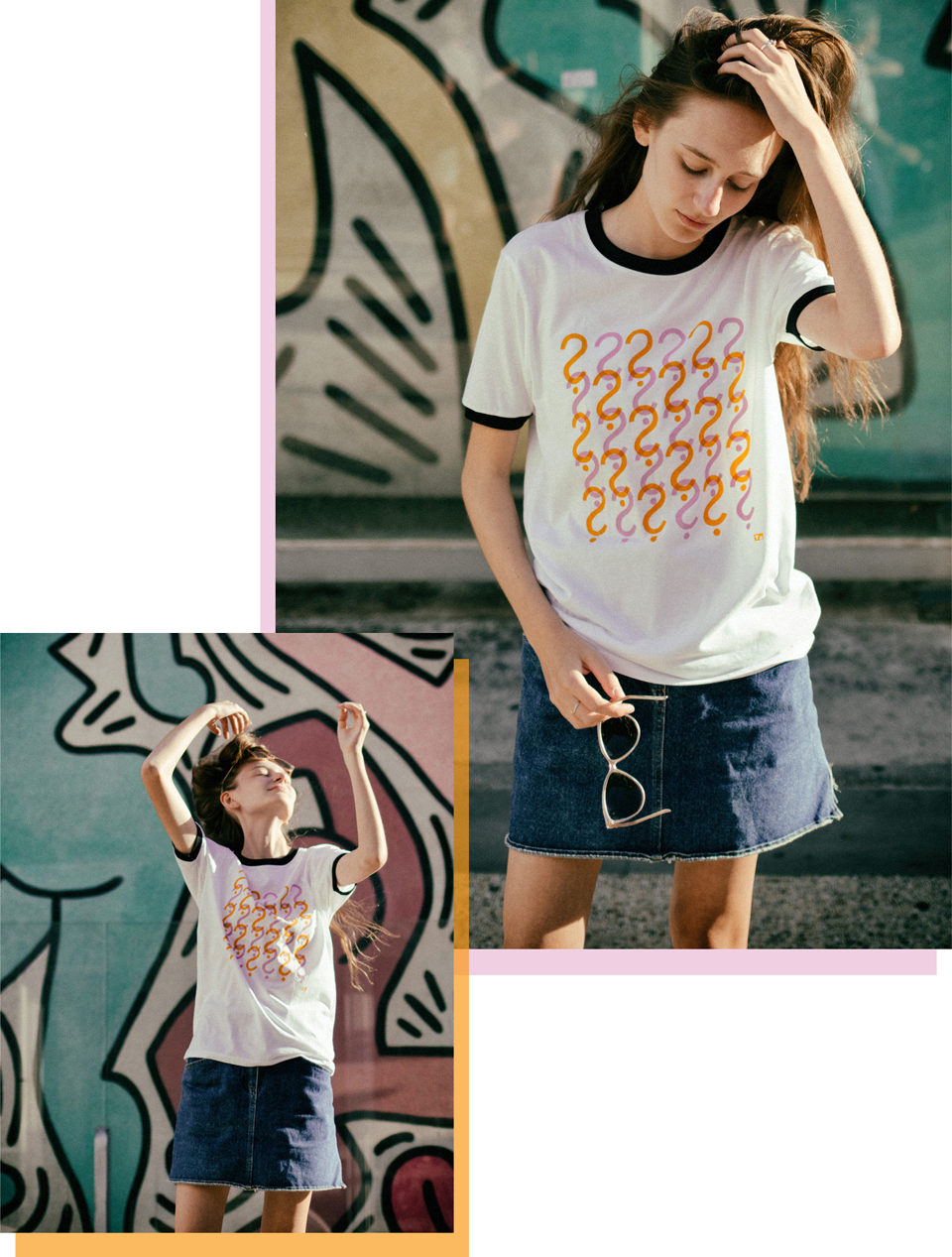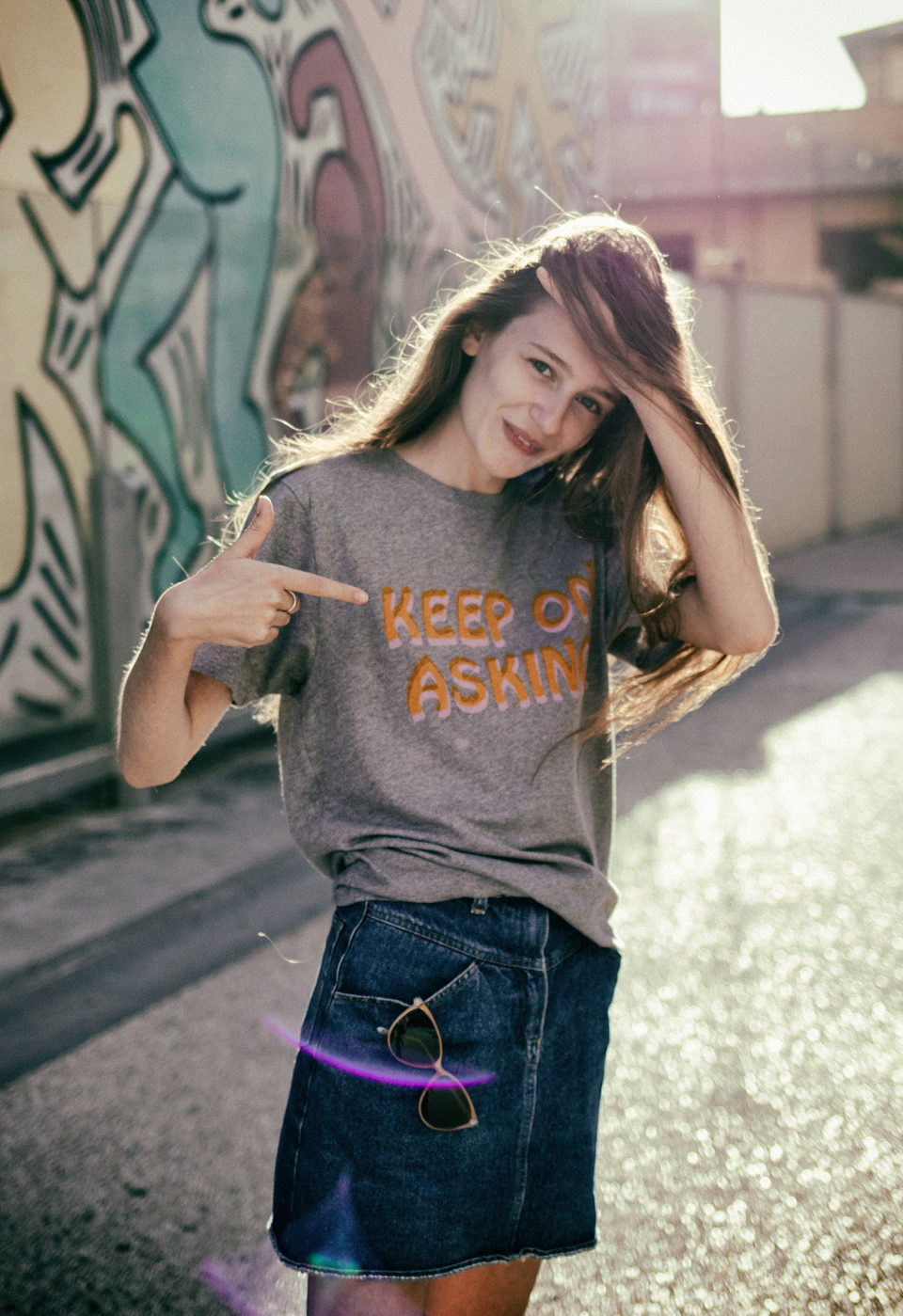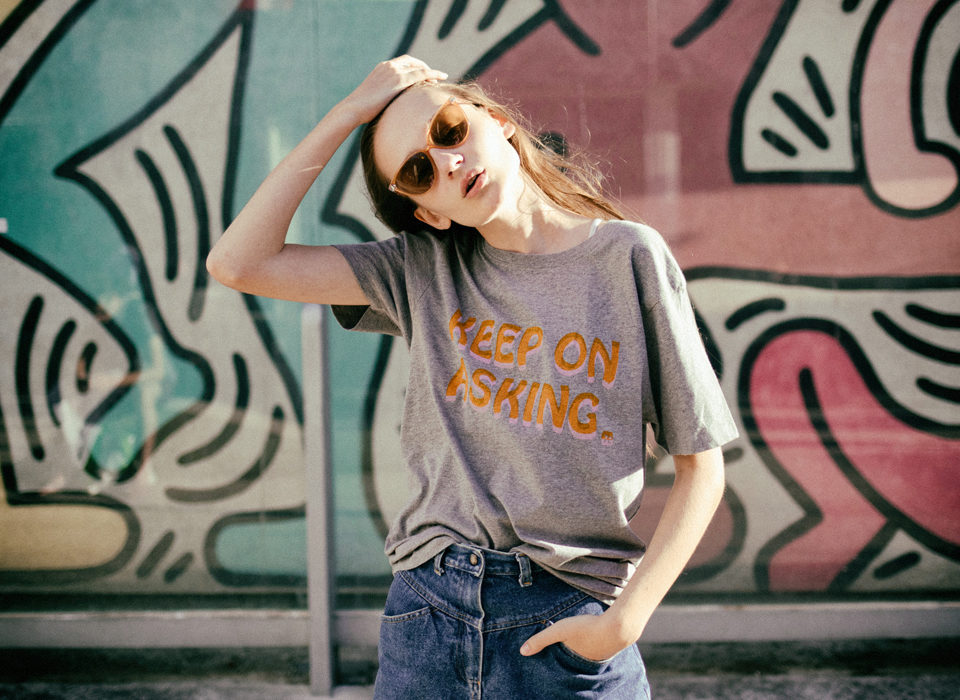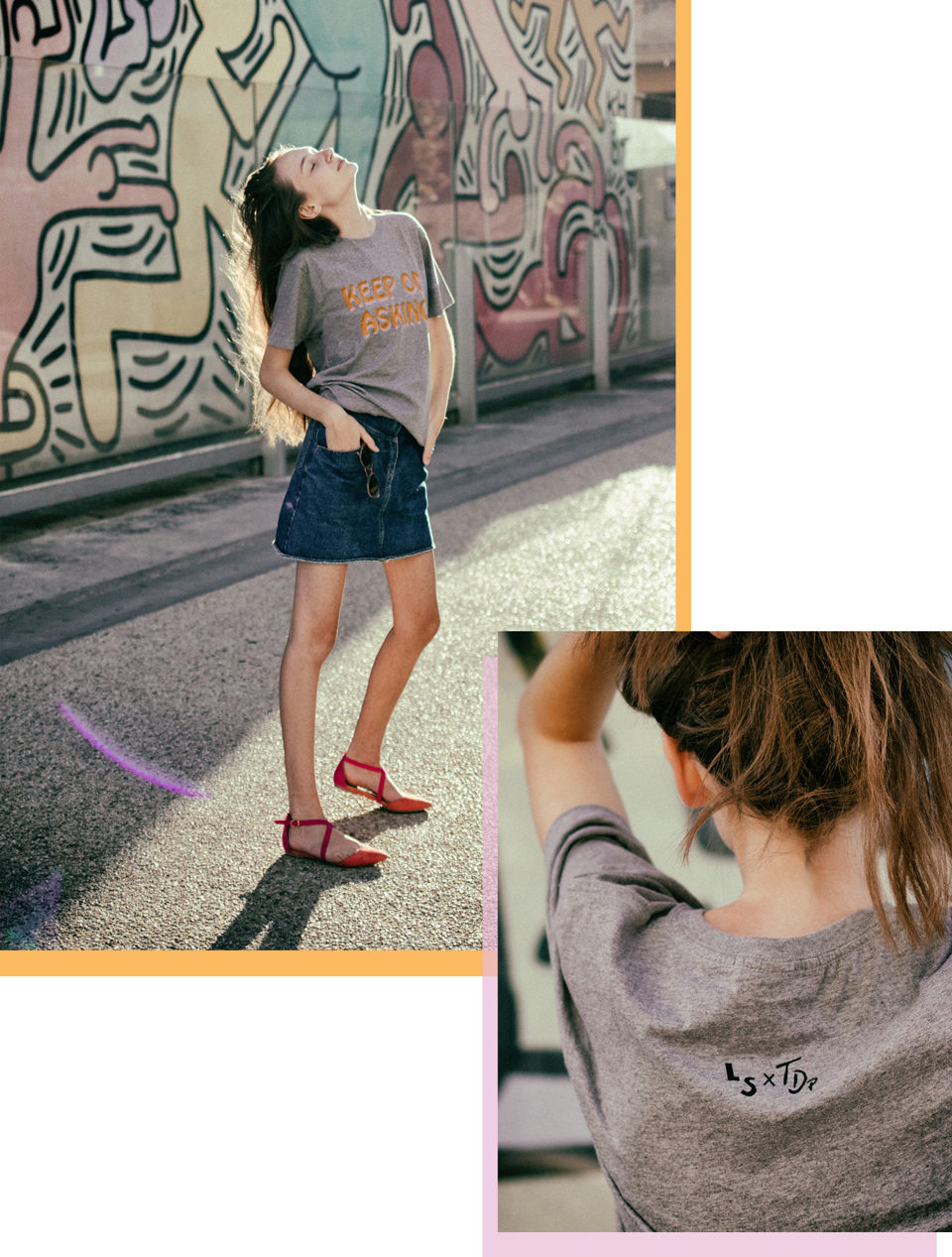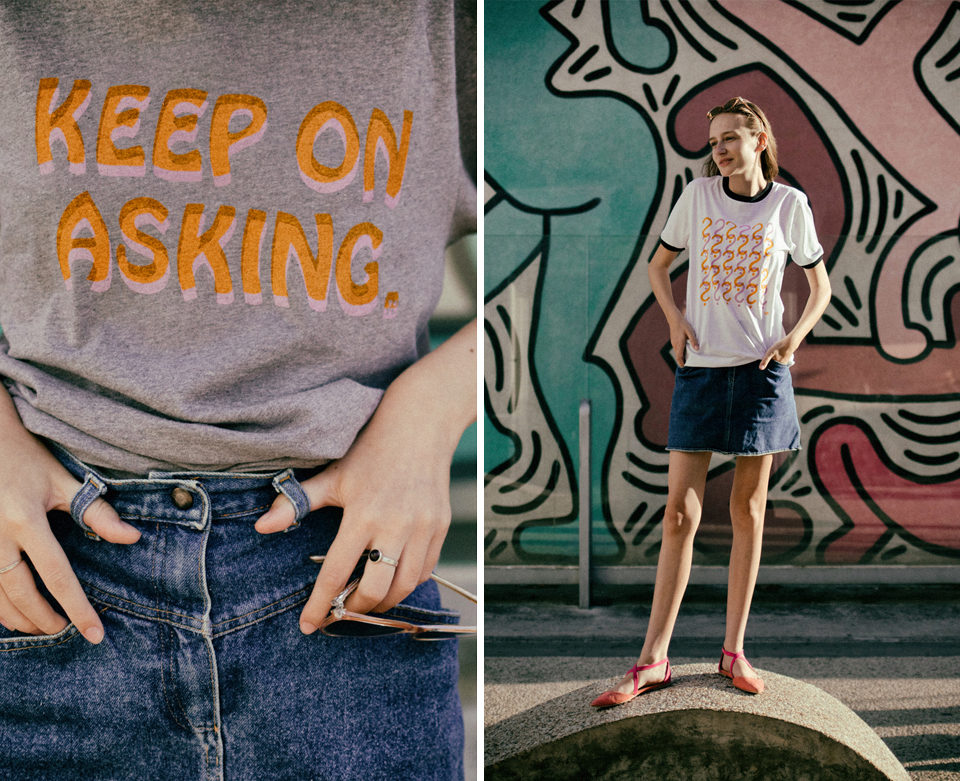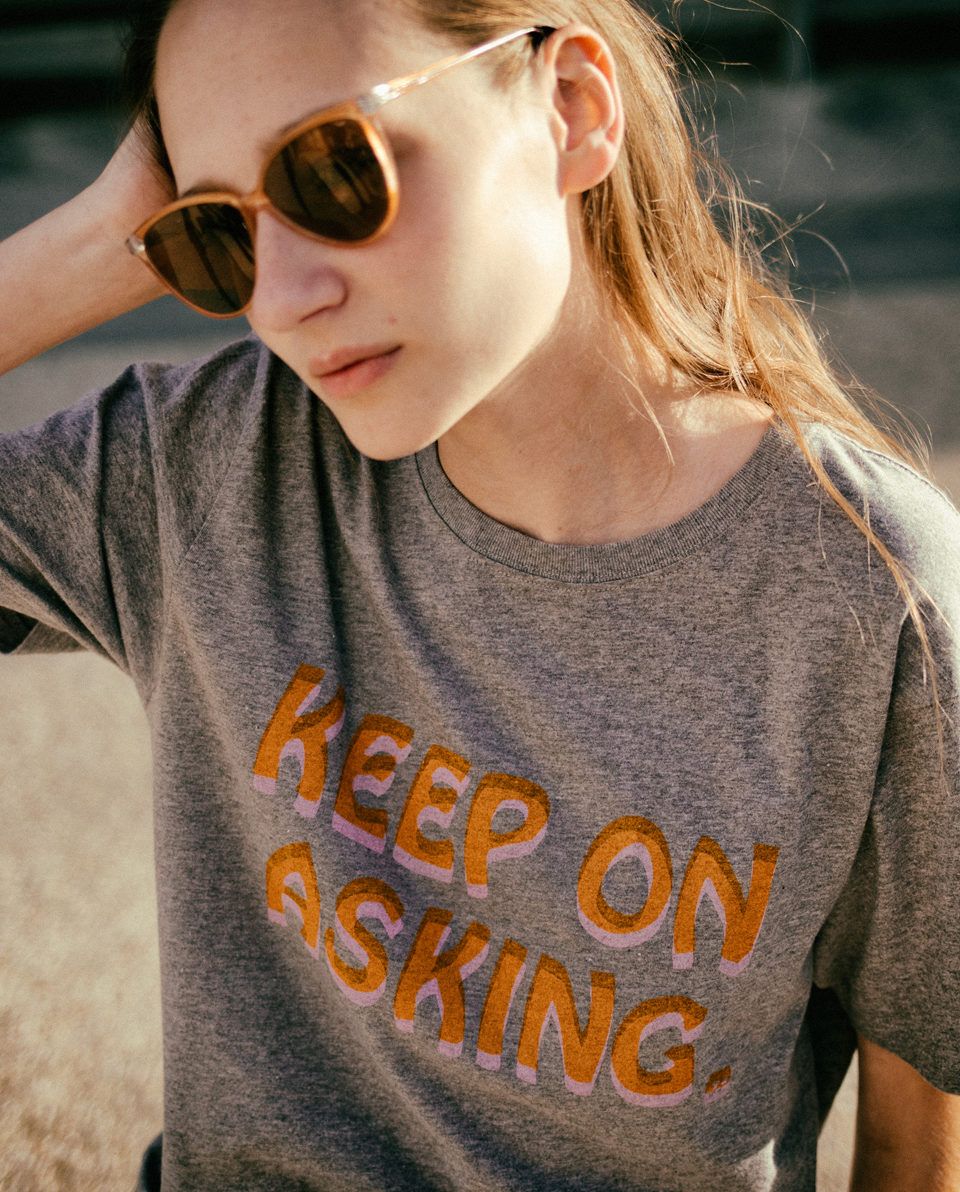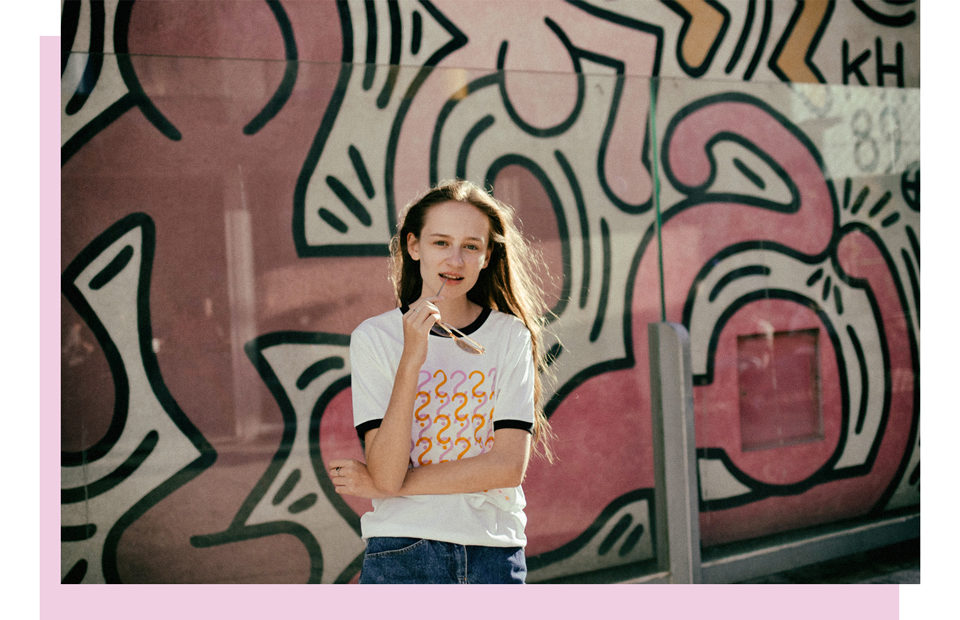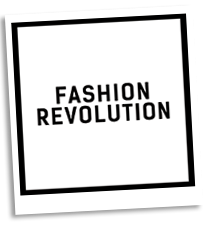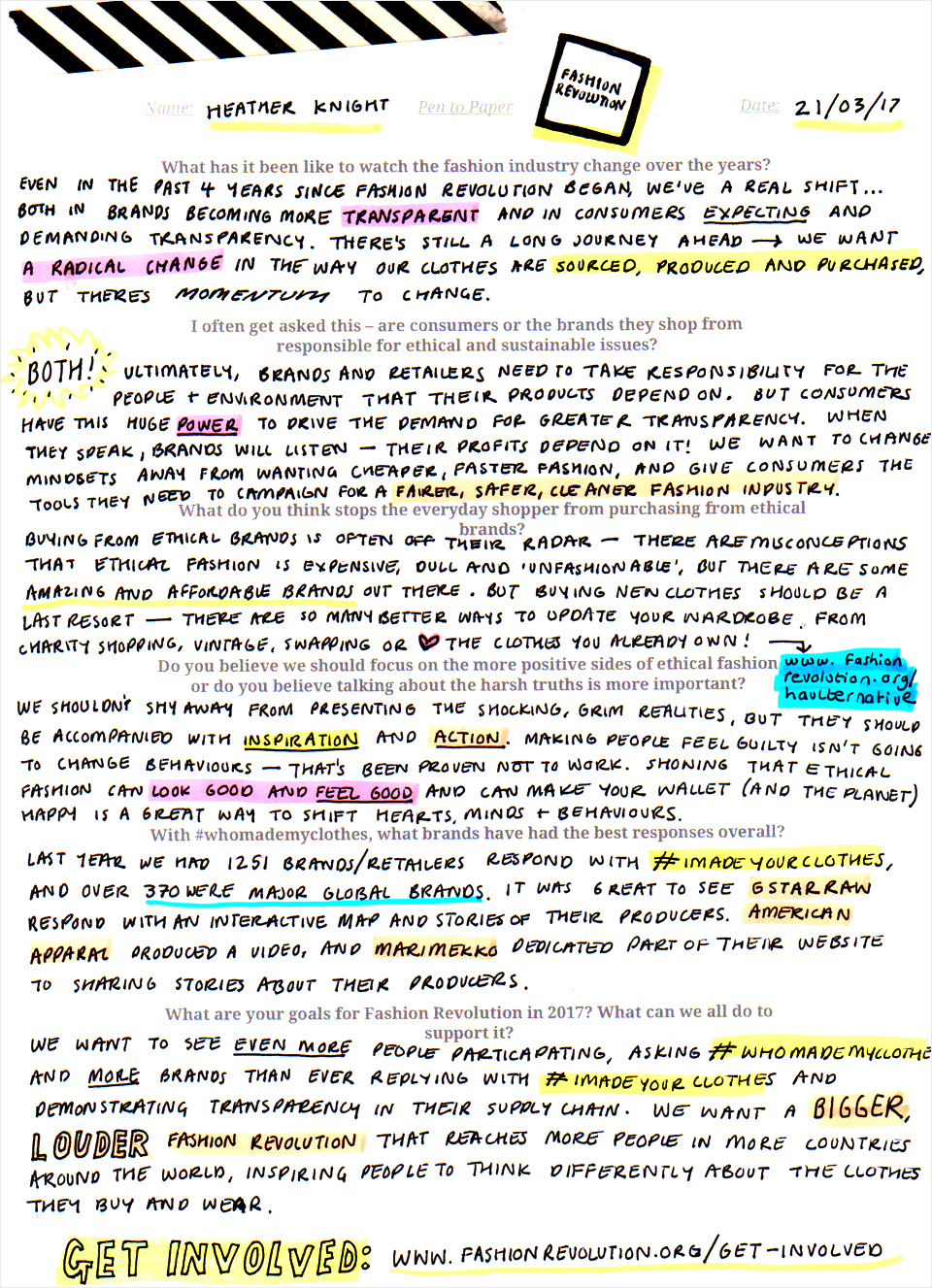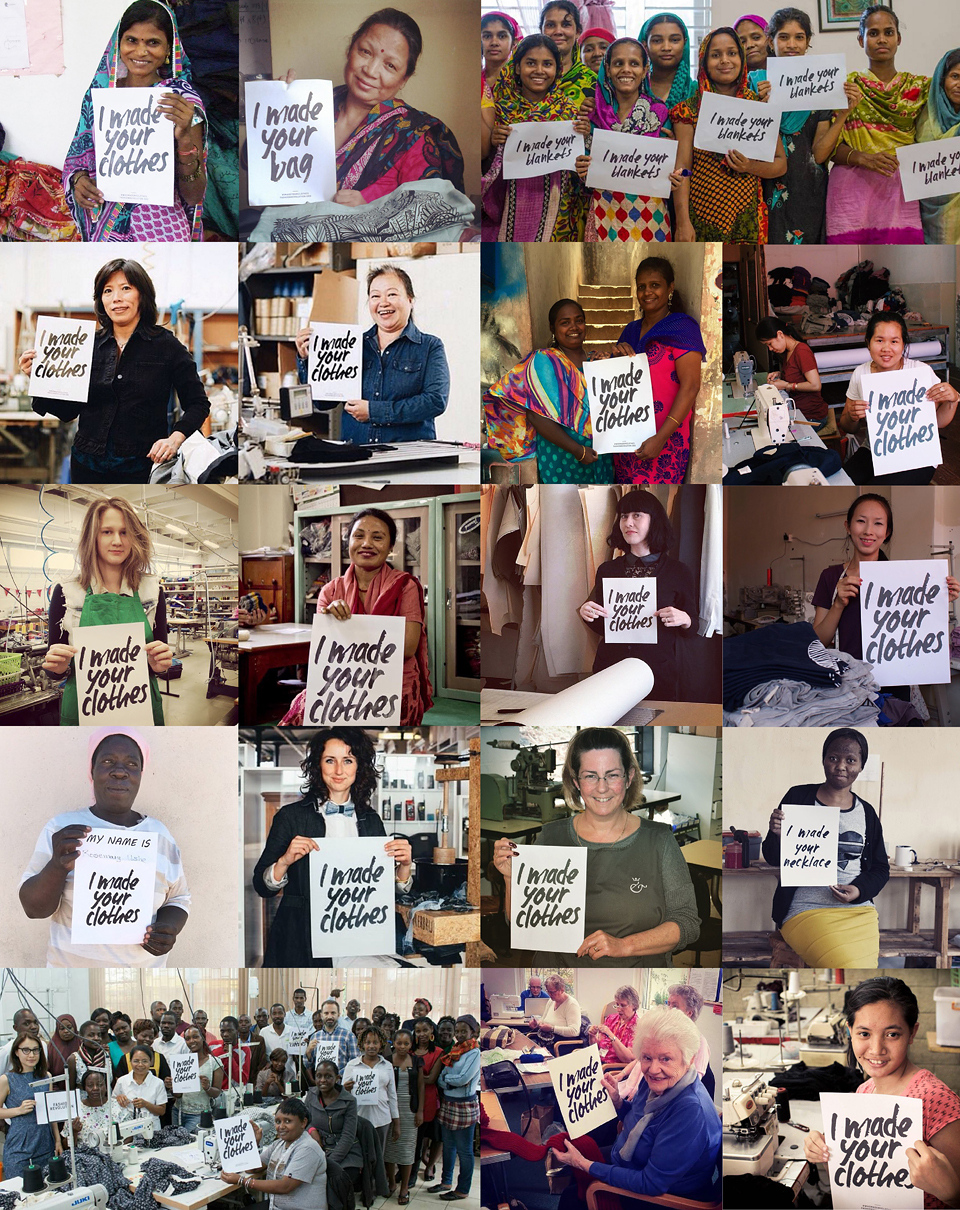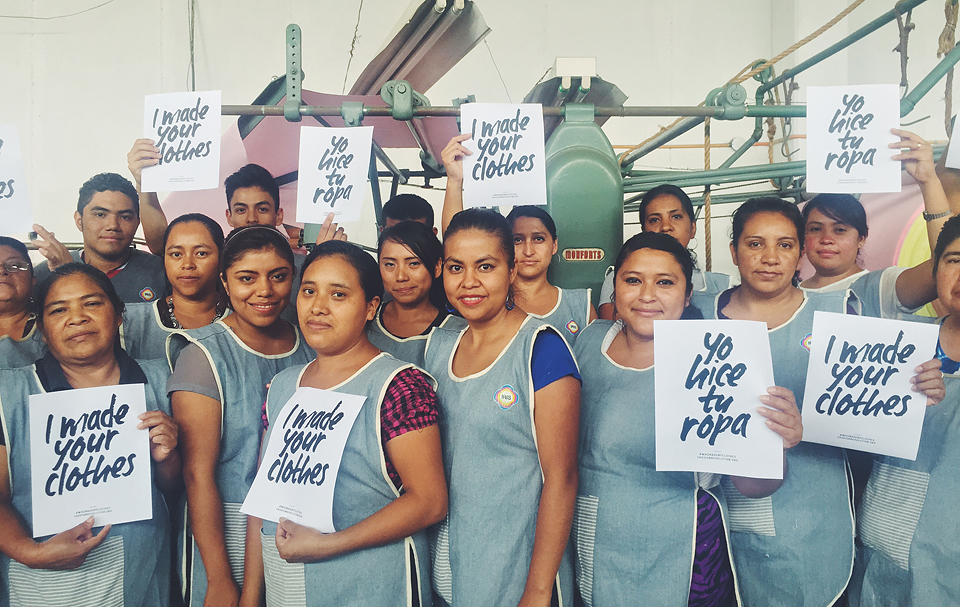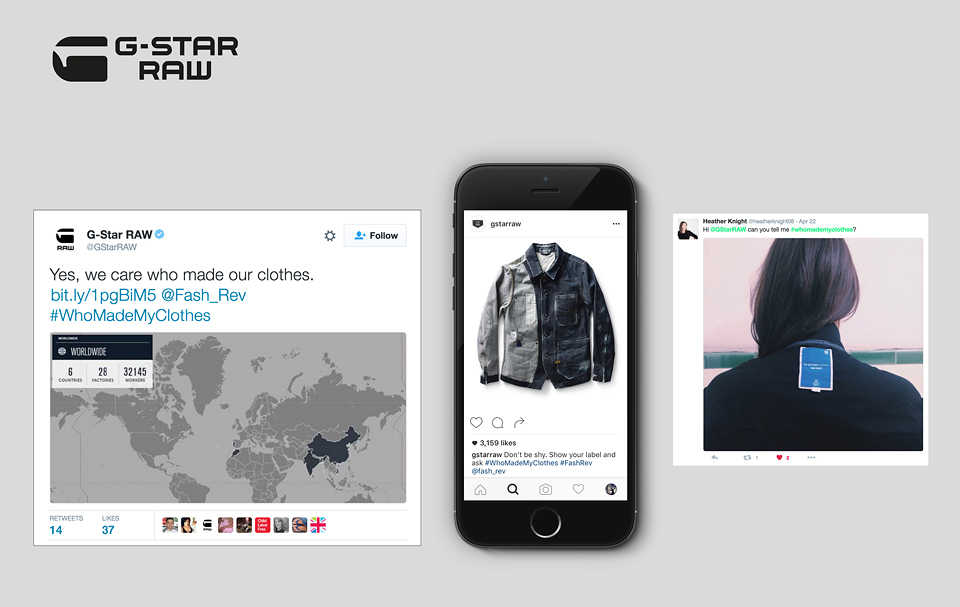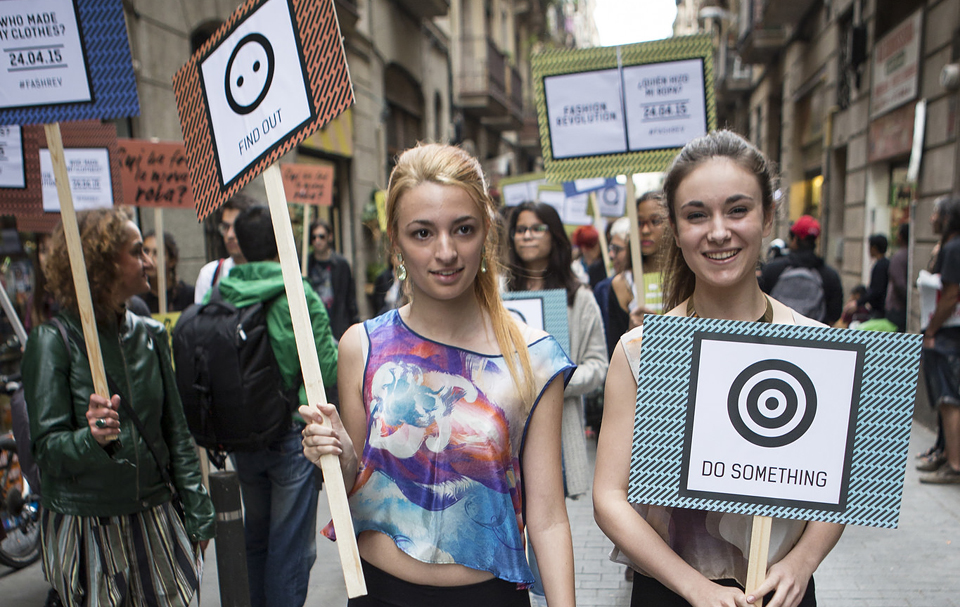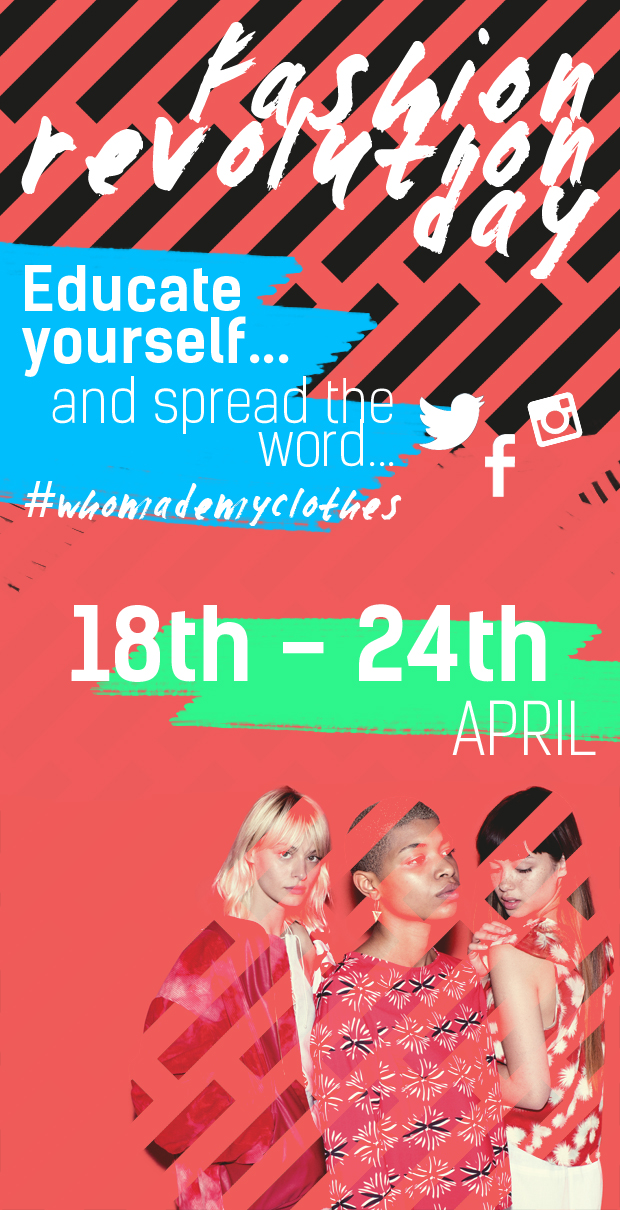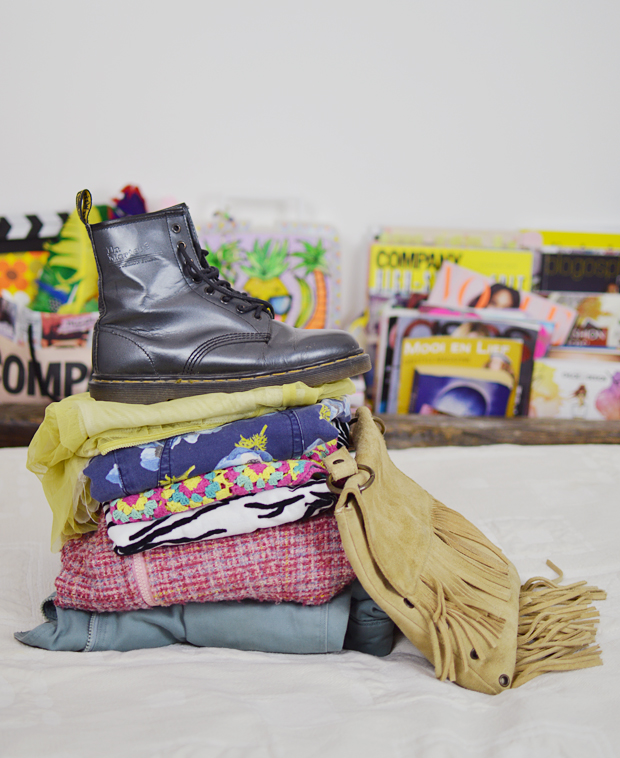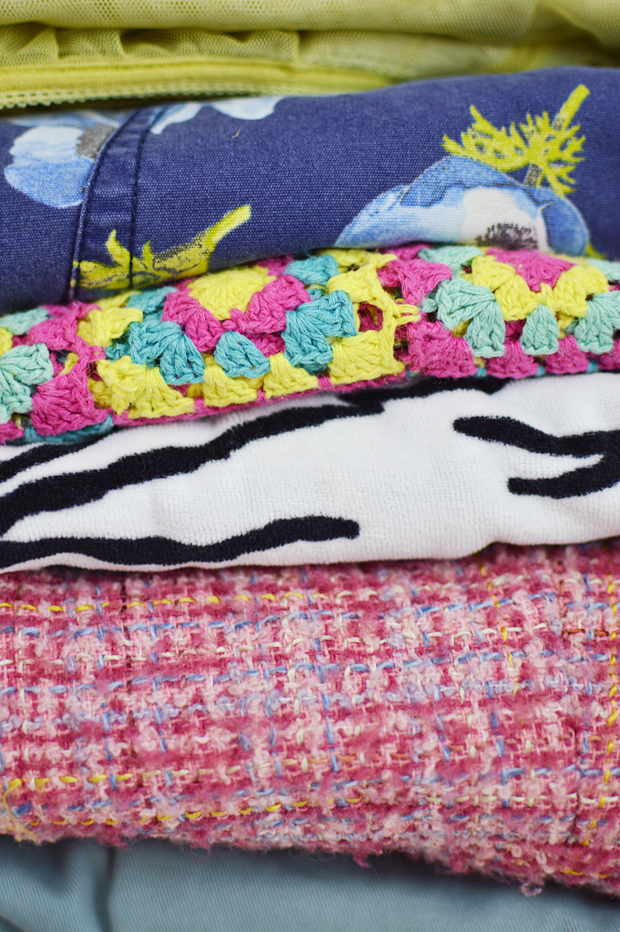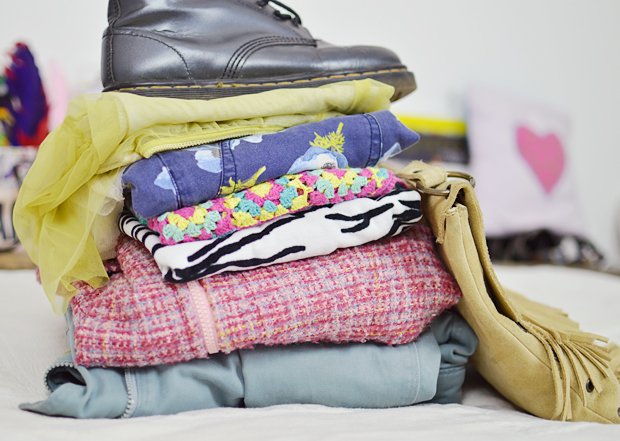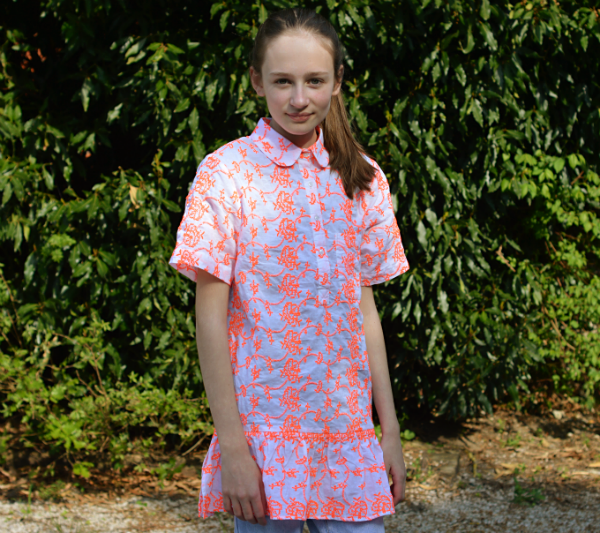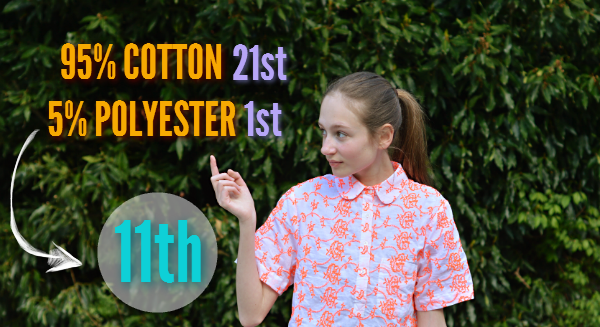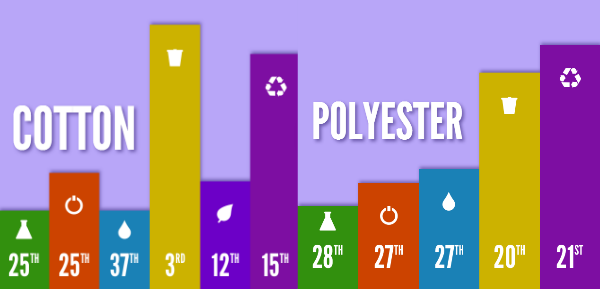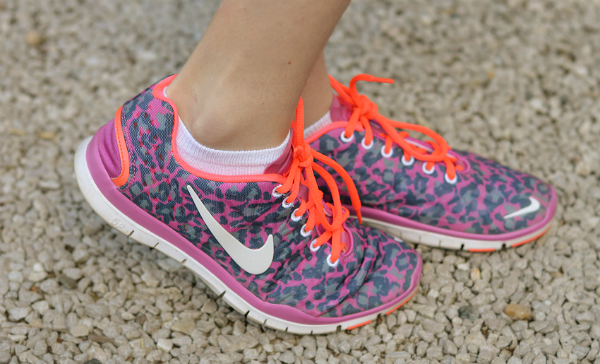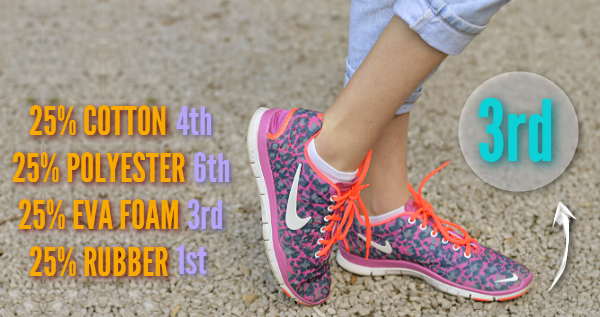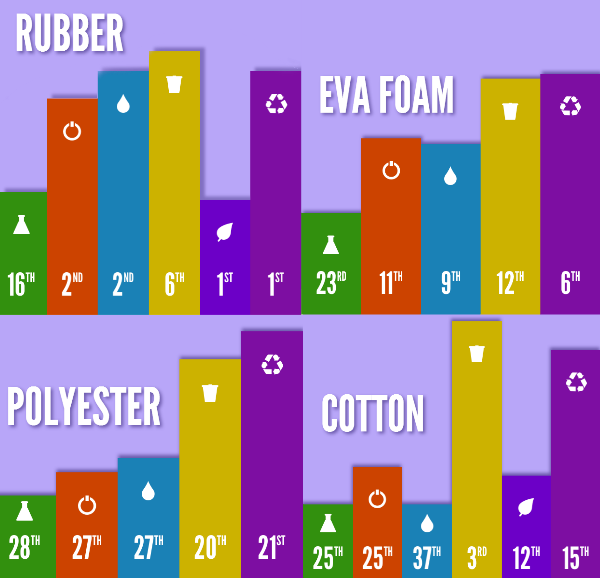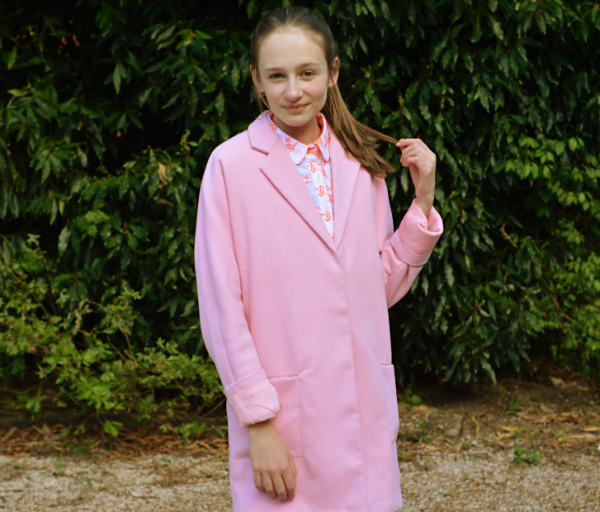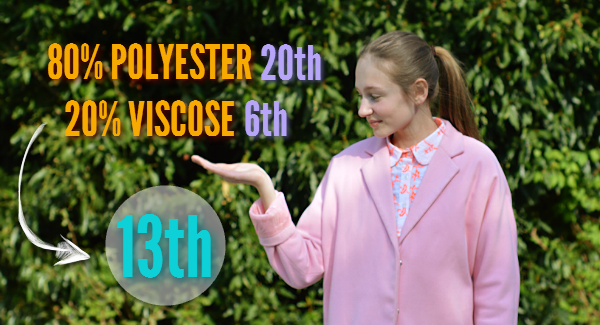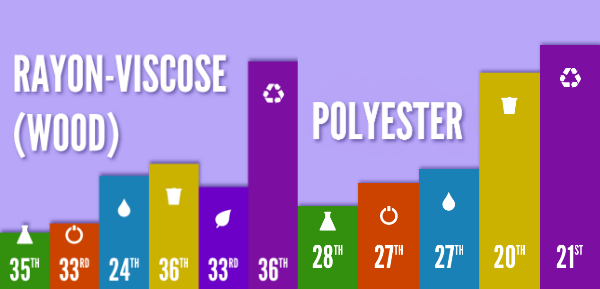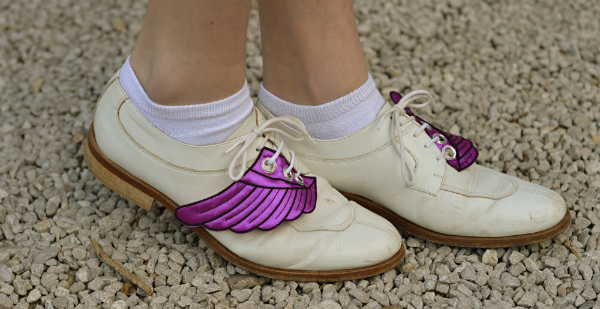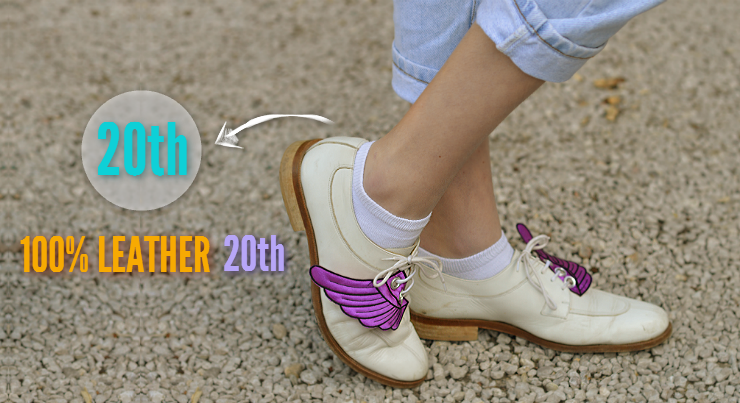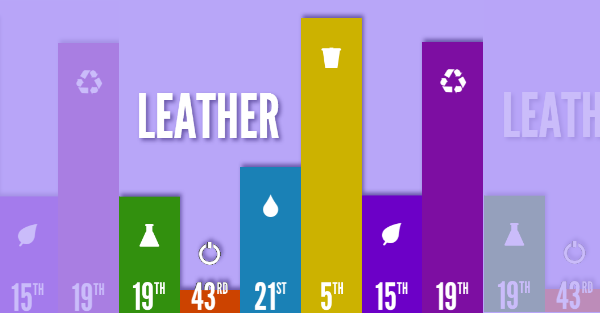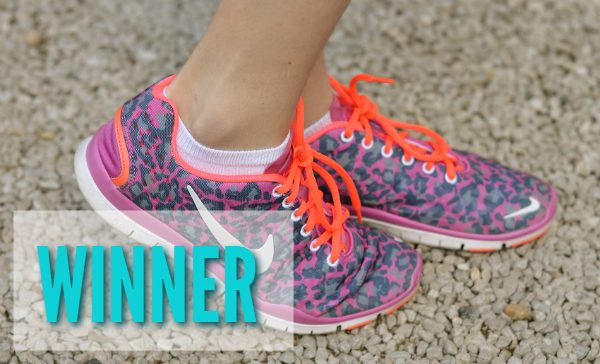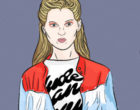Let’s be honest here – caring about the planet, whether you are a content creator or an everyday citizen, can be massively overwhelming…
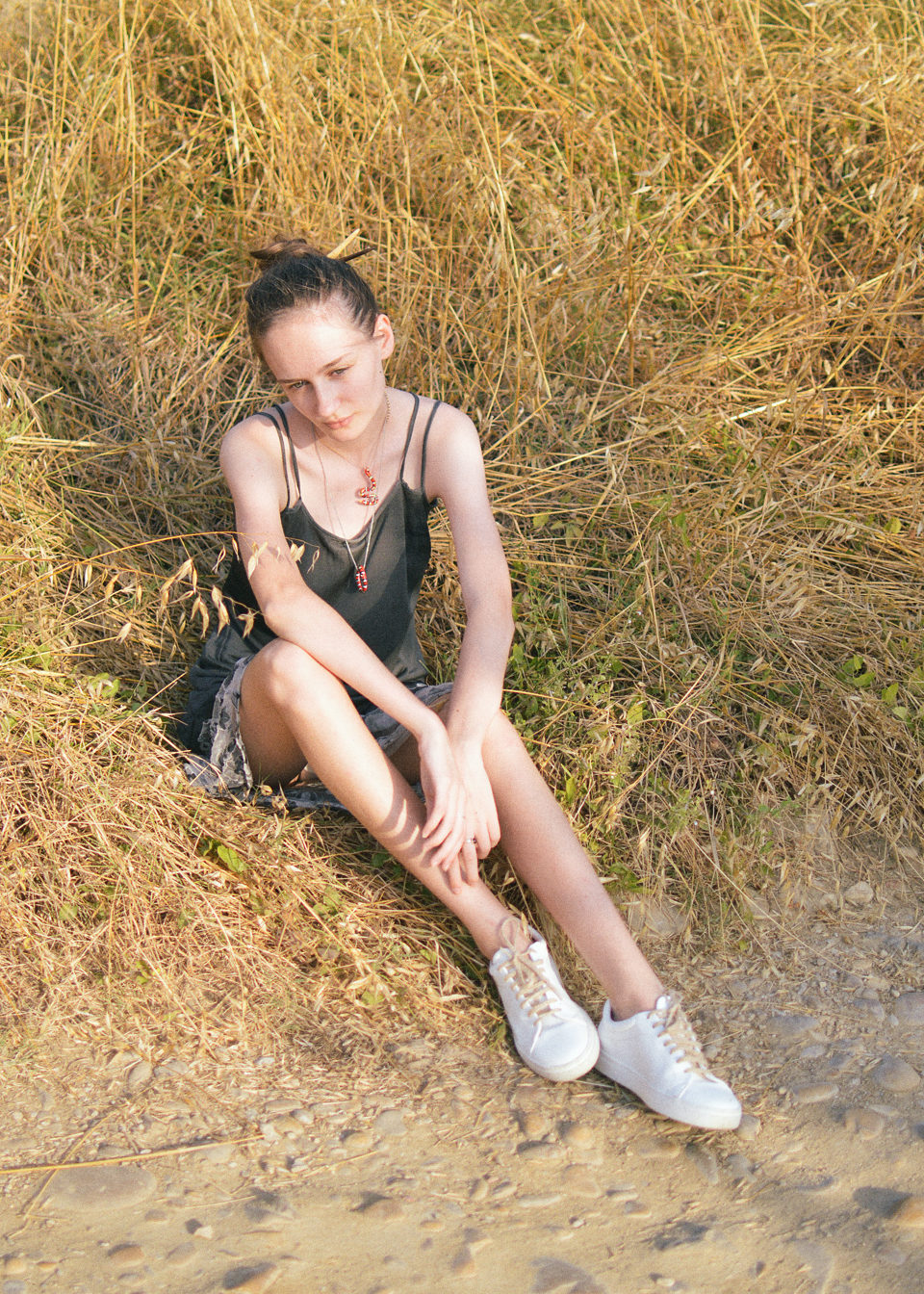
WHAT I WORE: Dress (Jumble sale) // Neven Low Sneakers (YATAY)* // Snake Necklaces (DIY) // Double Pandan Hair Sticks (SAYA)*
Becoming more familiar with the harsh realities of the world, has at times, taken its toll on me. It’s especially overpowering when you realise almost every part of your life has a sustainable impact and that the only ways of combatting that could be going off the grid, becoming a naturist and only ever eating the food you grow yourself. Ideal for some; unrealistic for a lot of us.
Even if you aren’t massively into sustainability or learning about the environment or how your clothes are made, I would expect you have at some point sensed impending doom simply from watching the news or scrolling through your Twitter feed.
In my opinion, it’s not that we necessarily live in the worst era of existence, it’s just that we are more able to be involved and within the conversation surrounding all the negative issues at hand. If it wasn’t for social media or the internet, most of us would have a far poorer understanding of what is going on around the world and how little is being done to change it.
Libraries, books and even newspapers are of course still an incredible offline resource but sadly, unless we’re looking for an extremely specific piece of information from years gone by, scouring through physical pages isn’t always efficient or as up-to-speed enough in this day and age.
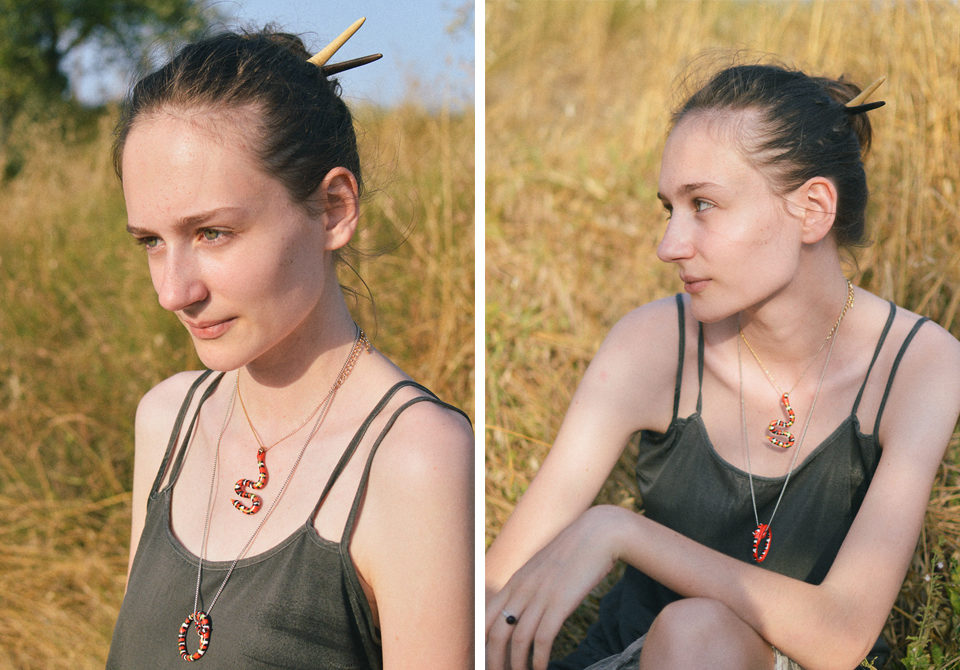
However, as I say, digital-learning comes with a downside. I can be hard to switch off from the world and not become intensely emotionally involved with the stories and the information we read. That’s not to say that we shouldn’t be – I thrive off of having access to such important educational materials (and I’m very grateful for that) – but, I can’t deny that it can be upsetting and stressful at times.
In a piece by The Daily Campus, this issue is discussed in more detail, highlighting the impact activism (whether it be online or offline) can have on your mental health. Although the piece is specifically targetted towards those fighting the good fight after the 2016 US election, the advice within the piece still rings true for other matters, too.
Below, I’ve compiled a list of my own advice, in order to soften the blow of issues which might be as close to your heart as they are to mine, whether it be climate change, pollution, exploitation, capitalism or everything else in-between. You might even want to bookmark and revisit this page when you’ve had a good read of the rest of my blog. I’d understand…
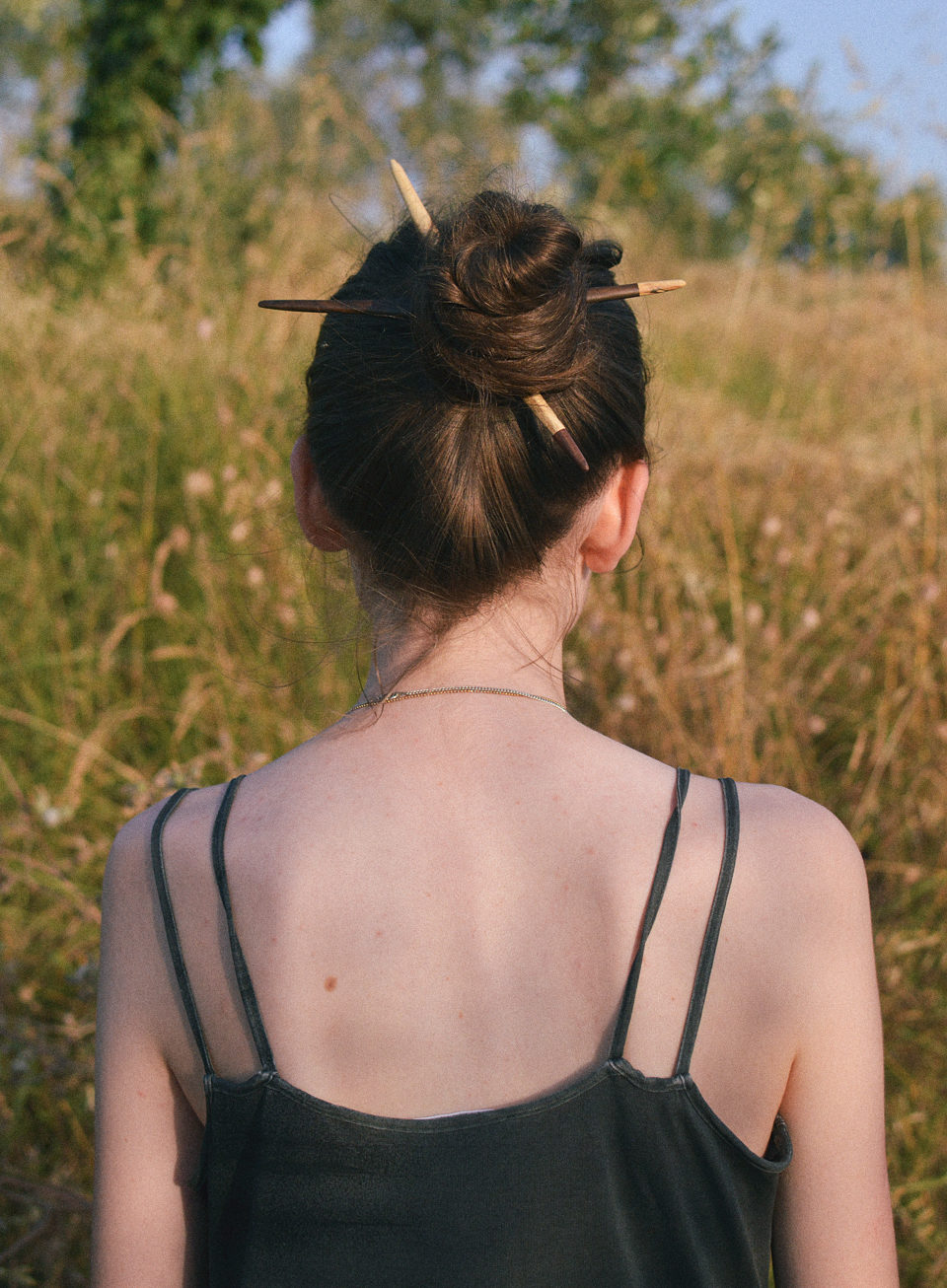

~ WHO MADE MY HAIR STICKS? ~
SHOP SAYA
Wayan and Yudi who are two young men originally from Java (East Indonesia) and came to Bali for work as wood carvers. They take SAYA‘s drawings to create prototypes by hand using simple tools and techniques. SAYA pre-selects recycled root wood material from suppliers in Bali and have it delivered to Wayan and Yudi’s family houses and workspaces which is where they continue the detailed process of carving, sanding and polishing our pieces to a high-quality standard.
Have an online escape platform…
I use most of my social media platforms as ways to communicate with like-minded, intelligent and informative people. I unfollow people who don’t engage me how I’d like to be engaged with and I follow accounts that post about relevant topics or from perspectives I might not be as familiar with. I’ll always promote the idea of using your platforms and your audiences for good but I would highly recommend also having an escape from that.
For me, my digital escape-road is Tumblr. I use it for what might be classed as my ‘guilty pleasures’, such as my favourite TV shows, aesthetically pleasing imagery and for talking to people who are detached from the world of sustainable activism. It’s refreshing and allows me to have that slice of the internet that, for the most part, will keep my stress levels (or even levels of fear) to a minimum.
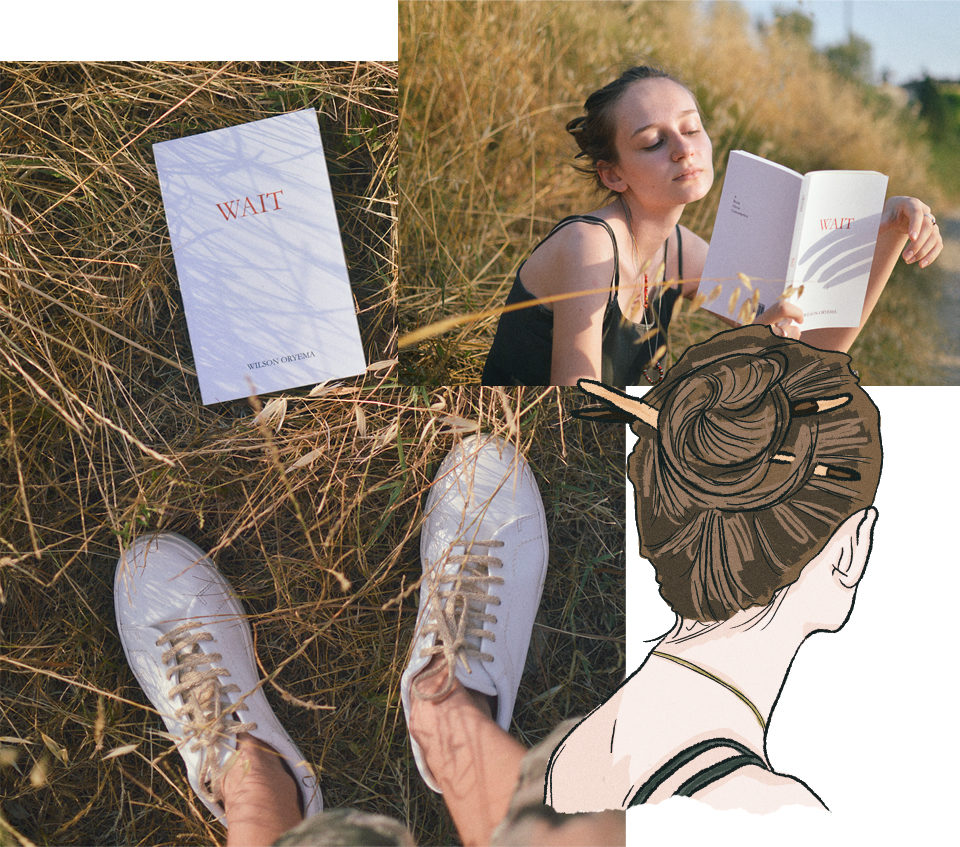
Read books…
With social media, I’d say there is fast-becoming this pressure to respond to absolutely every piece of news that enters our content stream. I know that I can feel guilty for not covering every topic or cause for concern but it’s important to understand that we all have our own battles to fight and we don’t have to be a spokesperson 24/7. We don’t have to tweet our condolences or our thoughts of concern if we know that there is a much larger issue at hand that cannot be solved in 280 characters.
That’s when books come in to play because it allows me to continue educating myself without that pressure or feeling of needing to join in the conversation publicly. There are no reply or share buttons on book pages (at least not physical paper books) which means we can keep our thoughts to ourselves or save them for later when we feel we might want to share them. It can help you digest the information in your own time rather than rush to try and process it for everybody else.
The book featured in this post is a collection of consumption-themed poems by Wilson Oryema, which I originally featured in my illustrated wishlist. I highly recommend this, especially for anyone on a gift hunt for a consciously-minded friend!
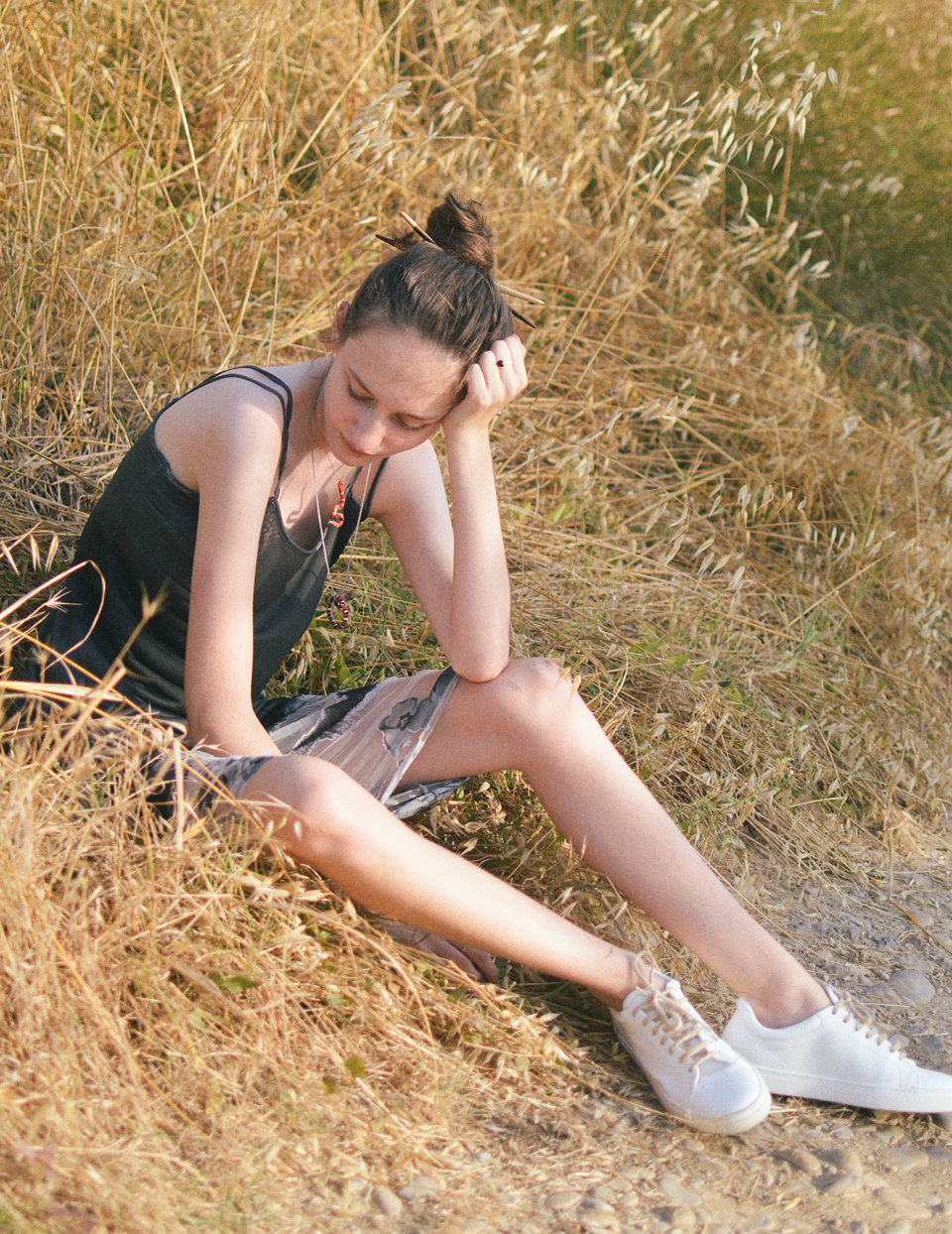
Don’t be too hard on yourself…
I always take a big sigh of relief when I see somebody who I presumed was almost perfect (whether that be in terms of living sustainably or having an Instagrammable life), being honest and open about how they’re not. I’d like to say that my blog is a space for embracing that; I’m nowhere near being the best example of a sustainable activist (plastic and waste feel impossible to avoid) and hopefully, you all know that.
Evolving and adapting takes time, in no matter what context. So, remind yourself that even when somebody looks like they’ve got it down, they’re probably still working on it and improving as each day goes on.
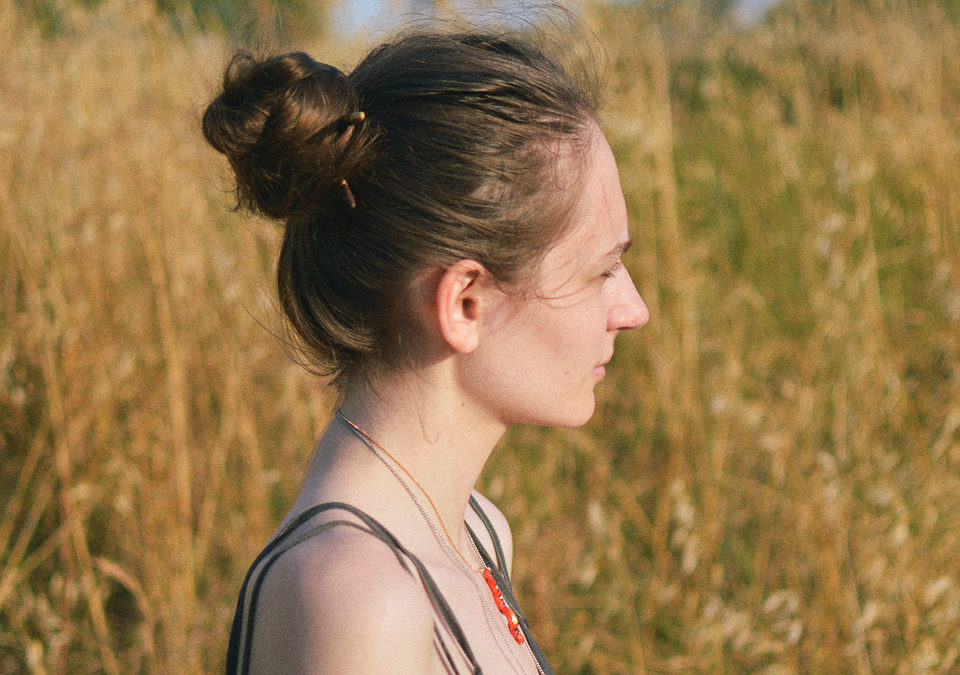
Share the burden…
I’m not going to go back on what I said about digesting information on our own terms but I will say that sometimes we need to share and discuss things in order to make an issue seem less daunting to face. It’s one reason why I love Instagram Stories because I find my audience easily engages with questions and discussions I raise.
It’s like sharing a burden; often talking about what’s on your mind is the best medicine and hearing other people understand where you’re coming from can help you move forward. And who knows? Maybe you’ll learn something that will aid you in tackling the problem at hand more easily.

Try hands-on experience…
This year, I attended my first in-person activist event in the form of a Women’s March in Florence, Italy. Taking into account your mental state and giving yourself a break is vital, however, after experiencing group activism first hand, I realised that there is a huge difference between typing and doing.
Proudly walking the streets with hundreds of other people, chanting and singing, can make you feel a lot less alone and a lot more empowered than creating and engaging in content online. It’s reenergizing in itself and it opens your eyes to how many other people are truly behind the issue, as well. If you have the opportunity to get out and contribute to a cause in person, I can’t recommend it enough.
How do you put your activist mind to rest? Let me know in the comments…
(This post is sponsored by and in collaboration with SAYA. All opinions are mine. Read my full PR disclaimer here.)



